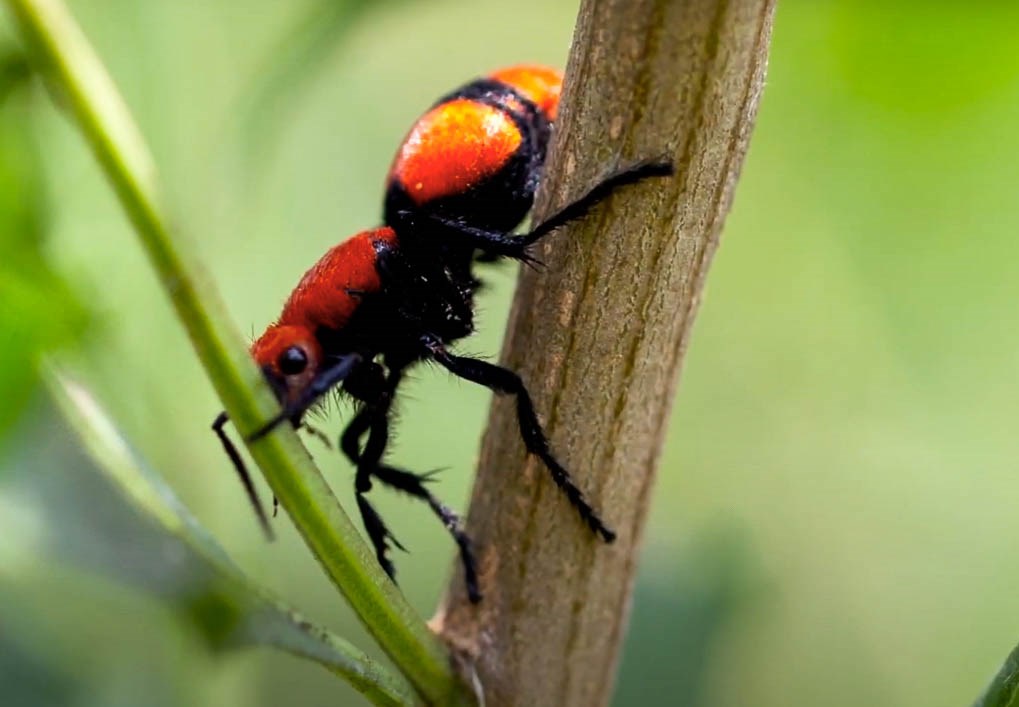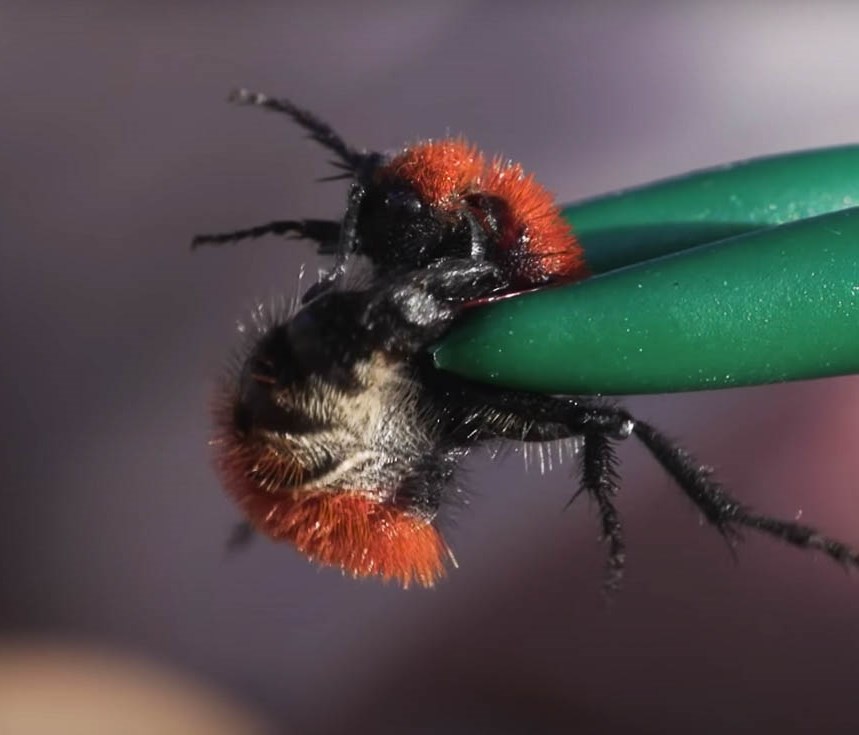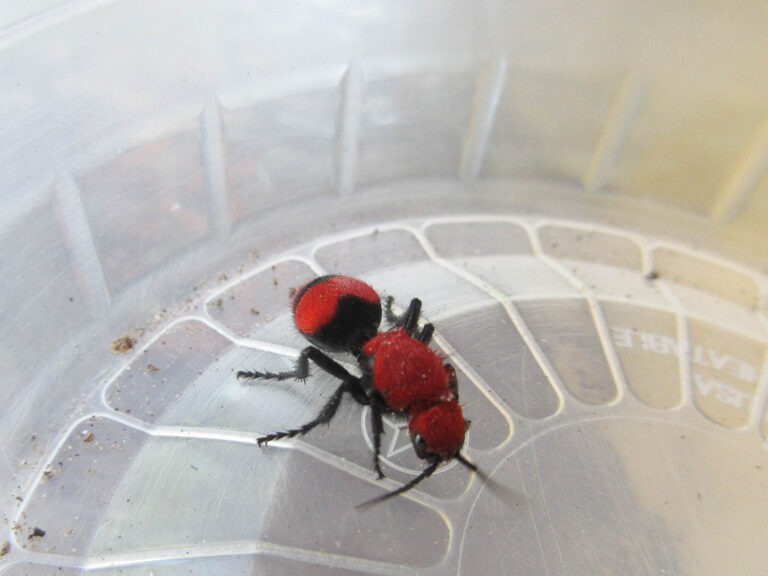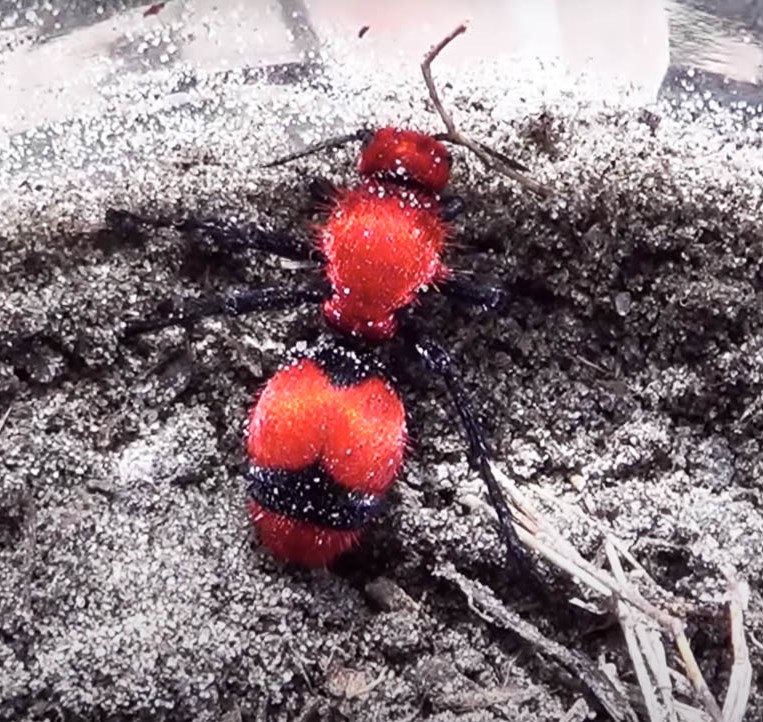How to get rid of velvet ants
How to get rid of velvet ants
Out in your garden or on your front lawn, velvet ants may well be roaming. If their name sounds cutesy, their stings aren’t. It’s one of the most potent stings you’re likely to come across when wandering your garden. It makes a bee sting feel like a small scratch. Therefore, you probably want to put on a pair of shoes.
Firstly, velvet ants aren’t ants: they’re wasps. As a rule, they aren’t harmful to humans. In fact, as they are parasites of beetles, wasps, and bees, they may even be beneficial, helping to get rid of unwanted pests. But that isn’t much comfort if you’ve just been stung. Plus, for some people, the sting of a velvet ant can trigger anaphylactic shock, which at worst, can lead to death.
Therefore, many people choose to remove velvet ants from their property, rather than risk agonizing pain.
How to spot a velvet ant
To remove a velvet ant, you first need to spot one. Unlike real ants or some species of wasps, velvet ants aren’t social. They don’t build nests or hives. Instead, they spend their lives alone except when mating. Therefore, you’re looking for a solitary wasp, with distinctive bright coloring: typically, orange, white, red, or yellow. The females don’t fly, and so won’t have wings, unlike the males.
How to remove a velvet ant
Once you’ve spotted a velvet ant, you’ll need to decide how to remove it. Whatever you do, please don’t pick them up with your fingers or bring your skin close to them. They will sting if provoked.

Instead, you can use a broom or a shovel to remove the velvet ant from your property. This is a non-lethal method of removal. It also eliminates the risk of stomping on them, only to find yourself stung. When handling a velvet ant, make sure you have suitable protection on. At no point do you want to come into contact with the ant. Always handle at a distance.
Furthermore, when removing the ants from your property, carry a significant distance away. You don’t want to remove them, to find them back days later. Nor do you want to make the ants someone else’s problem. This is where hiring an exterminator can be useful.
Instead of risking your own safety, an exterminator can reduce any risks of being stung. They’ll also examine the area, producing a solution to keep velvet ants out of your home.
Long-term prevention
If you have small children or animals, you’ll want a more long-term solution. After all, an encounter with a velvet ant could be disastrous. Therefore, consider spraying your lawn with insecticide. This should dissuade velvet ants from venturing onto your property. You may also want to conduct a quick inspection, examining the different ways a velvet ant might gain entry to your property. Block off any holes in walls, and make sure any steps or doors going into the property are sufficiently challenging to climb.
Once the larva is grown, it is sealed up inside the cell and continues to develop into the pupae stage. After three or four weeks after the initial egg is laid, the pupae are then changed over to an adult. The adult wasp will emerge and help with anything needed inside the colony from caring for other young babies, foraging around for food, or working on the nest.

Conclusion
The European paper wasp is not an aggressive wasp. They will sting if they feel trapped or if they are harmed in any way. They are also protective of their nest so if you see wasps circling around, you will want to walk away from them to avoid any confrontation.




